My two week Yucatan driving adventure begins! This trip has been high on my list for a while. I've traveled three times for about a month in Mexico and set my sights on Yucatan as a place to explore. I concluded the way to do it was by car if I really wanted to get into remote areas and tour it in some depth. I had a great time doing in that way in my Jeep on Mexico’s other great peninsula, Baja California, back in 2010.
I had reserved a mid-size car with Enterprise out of the unrealistic concern that rentals might be a bit tight at this time of year – very high season
. I took an early morning bus to the airport from downtown only to discover the Enterprise booth unmanned (until after 9:00 A.M. when the first flights get in, I was told), and the "Airport" Enterprise location was actually a couple miles away. Fortunately I hadn’t submitted any payment info for Enterprise. I chatted with a Hertz representative who was dropping some clients off before their morning flight and worked out a significantly more economical deal with him. Within half an hour I was in my car, not only a car but for about $75 extra for the two weeks an SUV upgrade and GPS tossed in. Wooo Hooo!
One thing I’ve learned is that driving in Mexico is really not hard at all. Although I wouldn’t want to have to deal with Mexico City traffic, driving in the countryside and smaller cities is really quite organized. Mexican drivers are mostly quite courteous, cars stop at red lights and Alto (stop) signs, and if you get pulled over by police, as happened to me once, it’s probably because you did some technical violation like driving a little over the ridiculously low speed limit in most towns
. The difference from home is that the fine is much lower, is negotiable, and can be paid to the officer on the spot. Ha! Although I haven’t driven in those places myself, I’ve seen what the roads are like in India, Thailand, Egypt, and much of Africa, and Mexico is a breeze by comparison. I also find it to be much more organized than Dominican Republic where I rented a car two years ago.
My planned destination for my first day was Coba, probably the third most popular Mayan site on the Yucatan after Chichen Itza and Tulum because it’s fairly accessible from the resorts, especially Playa del Carmen. I found myself for a long stretch on the Cancun to Merida Cuota (toll expressway) and discovered that on Mexican toll roads there are exits only every 40 miles or so. Coba was quite a bit farther from Cancun than I expected. Somehow I didn’t fathom the large landmass of the Yucatan as it appears on maps to really be as huge as I’m quickly finding it. Once off the highway, I was on a road through small dusty villages with innumerable topes (speed bumps) and then turned off at a signpost for Coba that took me another 50 kms (30 miles) through some really remote countryside, a road so narrow two cars could barely pass without the outer sides of the cars brushing against shrubbery growing out over the road
. There were a few Mayan villages along the way with people living very traditional lifestyles in would and that hut compounds. Is all of the Yucatan going to be like this? Wow, this is cool!
It’s not. I apparently took the back way in. As I approached Coba, I hit good roads without constant speed bumps, the norm for the rest of my travel my first day on the road in Yucatan. It was approaching noon and I was starving, having eaten nothing but water since the night before, so I stopped for lunch at a restaurant in Coba town before entering the archaeological sites and had the best chilaquiles I’ve ever had. Chilaquiles are a breakfast dish of fried tortilla chips smothered in chili sauce and topped with cheese and usually either eggs or shredded chicken. This was the spiciest version of chilaquiles I ever had – yum!
Coba is a Mayan site that has somewhat more in common with those in Guatemala, Chiapas, and Belize than it does with the others on the Yucatan Peninsula in history and architecture
. It was settled earlier and peaked earlier than Chichen Itza and other regional sites, and had its heyday around 600 to 900 A.D., roughly the same time as Tikal and Caracol. Like those city states, Coba is characterized by an extensive system of Sacheob, elevated white stone roads which connected parts of the city state, as well as very steep and tall pyramids. While not quite as high as those at Tikal, Coba’s tallest, named Nohoch Mul, is the second tallest pyramid temple in Mexico. It’s also supposedly the only pyramid the Mexican authorities still allow to be climbed, perhaps a good reason to visit those in Guatemala and Belize. Ha!
Coba’s site is quite spread out with the three or four main excavated groups of buildings involving about a four to five mile walk through the forest. That makes bicycle rentals available at the entrance popular for visiting the site. Or if you’re too fat or infirm to ride a bike, there are dudes with pedicabs who will take you around so you can snap pictures of pyramids without ever having to move. I realize some people are disabled or elderly, but I saw some middle-aged, morbidly-obese men being peddled around by the manpower of others – really sad!
Maybe it was just that I had a perfect hot dry day, or maybe it’s something about the regional climate that’s drier and favors a somewhat more open and low height forest than the rain forest around Mayan sites like Tikal and Palenque, but I loved the fact that I sweating my guts out as has been my experience at other Mayan sites. I also found interesting how many Europeans there were at Coba, especially French people. That might be that Europeans take more of an interest in Mayan archaeology and make that a major part of their vacations in this part of the world. I’ve heard the French have a particularly high interest in the Mayan world. Or maybe it’s just because Coba is more accessible to Playa del Carmen than Cancun (which Americans go to more).
Anyway, I thought Coba was a great site even if substantially busier than Tikal, Caracol, or Yaxchilan. It wasn’t completely overrun, though, and I’d definitely recommend including it on an itinerary to Cancun or Riviera Maya to anyone interested in Mayan arcaheology.
Coba - Another Day, Another Ruined Mayan City
Tuesday, February 21, 2017
 Coba, Yucatan Peninsula, Mexico
Coba, Yucatan Peninsula, Mexico
Other Entries
-
1Belize City - Smallest Largest City in a Nation
Feb 1110 days prior Belize City, Belizephoto_camera33videocam 0comment 0
Belize City, Belizephoto_camera33videocam 0comment 0 -
2Belize's Cayo District & Cahel Pech
Feb 129 days prior San Ignacio, Belizephoto_camera37videocam 0comment 1
San Ignacio, Belizephoto_camera37videocam 0comment 1 -
3Caracol - Belize's Greatest Mayan Site
Feb 138 days prior Chapayal, Belizephoto_camera64videocam 0comment 3
Chapayal, Belizephoto_camera64videocam 0comment 3 -
4Flores - Island City in a Lake in the Rainforest
Feb 147 days prior Flores, Guatemalaphoto_camera34videocam 0comment 0
Flores, Guatemalaphoto_camera34videocam 0comment 0 -
5Tikal - Greatest Classical Mayan City
Feb 156 days prior Tikal National Park, Guatemalaphoto_camera64videocam 0comment 0
Tikal National Park, Guatemalaphoto_camera64videocam 0comment 0 -
6Caye Caulker - Gateway to the Barrier Reef
Feb 165 days prior Caye Caulker, Belizephoto_camera31videocam 0comment 0
Caye Caulker, Belizephoto_camera31videocam 0comment 0 -
7Cancun - World's Biggest Beach Resort
Feb 192 days prior Cancun, Mexicophoto_camera57videocam 0comment 0
Cancun, Mexicophoto_camera57videocam 0comment 0 -
8Isla Mujeres - Escape from Cancun!
Feb 201 day prior Isla Mujeres, Mexicophoto_camera52videocam 0comment 0
Isla Mujeres, Mexicophoto_camera52videocam 0comment 0 -
9Coba - Another Day, Another Ruined Mayan City
Feb 21 Coba, Mexicophoto_camera47videocam 0comment 0
Coba, Mexicophoto_camera47videocam 0comment 0 -
10Ruta de Flamingos in Northern Yucatan
Feb 221 day later Rio Lagartos, Mexicophoto_camera58videocam 0comment 0
Rio Lagartos, Mexicophoto_camera58videocam 0comment 0 -
11Northern Yucatan - Ruins, Cenotes, and Agave
Feb 232 days later Ek Balam Village, Mexicophoto_camera57videocam 0comment 0
Ek Balam Village, Mexicophoto_camera57videocam 0comment 0 -
12Valladolid - Colonial Heart of the Yucatan
Feb 243 days later Valladolid, Mexicophoto_camera57videocam 0comment 0
Valladolid, Mexicophoto_camera57videocam 0comment 0 -
13Casa de Los Venados - Mexican Folk Art
Feb 243 days later Valladolid, Mexicophoto_camera43videocam 0comment 0
Valladolid, Mexicophoto_camera43videocam 0comment 0 -
14Chichen Itza - One of the Modern Wonders of World
Feb 254 days later Chichén Itzá, Mexicophoto_camera61videocam 0comment 0
Chichén Itzá, Mexicophoto_camera61videocam 0comment 0 -
15Izamal - The Convento de San Antonio de Padua
Feb 254 days later Izamal, Mexicophoto_camera52videocam 0comment 0
Izamal, Mexicophoto_camera52videocam 0comment 0 -
16Merida - Colonial Capital of Yucatan Peninsula
Feb 265 days later Merida, Mexicophoto_camera80videocam 0comment 0
Merida, Mexicophoto_camera80videocam 0comment 0 -
17Hacienda Sotuta de Peon - Story of Henequen
Feb 276 days later Sotuta de Peón, Mexicophoto_camera57videocam 0comment 0
Sotuta de Peón, Mexicophoto_camera57videocam 0comment 0 -
18Ruta de Los Conventos - Out in the Countryside
Feb 276 days later Mani, Mexicophoto_camera49videocam 0comment 0
Mani, Mexicophoto_camera49videocam 0comment 0 -
19The Puuc Route - Grutas de Loltun, Labna, Sayil, K
Feb 287 days later Kabah, Mexicophoto_camera70videocam 0comment 0
Kabah, Mexicophoto_camera70videocam 0comment 0 -
20Uxmal - UNESCO World Heritage Mayan City
Mar 018 days later Uxmal, Mexicophoto_camera94videocam 0comment 0
Uxmal, Mexicophoto_camera94videocam 0comment 0 -
21Edzna - The Great Acropolis of the Chenes Mayans
Mar 018 days later Edzná, Mexicophoto_camera35videocam 0comment 0
Edzná, Mexicophoto_camera35videocam 0comment 0 -
22Campeche - Fortified Colonial Seaside City
Mar 029 days later Campeche, Mexicophoto_camera65videocam 0comment 0
Campeche, Mexicophoto_camera65videocam 0comment 0 -
23Balamku - Mayan Ruins Rediscovered in 1990
Mar 0310 days later La Selva, Mexicophoto_camera27videocam 0comment 0
La Selva, Mexicophoto_camera27videocam 0comment 0 -
24Calakmul - Massive Mayan City in the Rainforest
Mar 0411 days later Calakmul, Mexicophoto_camera43videocam 0comment 0
Calakmul, Mexicophoto_camera43videocam 0comment 0 -
25Tulum - Where the Mayan World Meets the Sea
Mar 0512 days later Tulum, Mexicophoto_camera52videocam 0comment 0
Tulum, Mexicophoto_camera52videocam 0comment 0 -
26Puerto Morelos - Peaceful Old School Beach Mexico
Mar 0613 days later Puerto Morelos, Mexicophoto_camera14videocam 0comment 0
Puerto Morelos, Mexicophoto_camera14videocam 0comment 0 -
27Foods of the Yucatan Peninsula & Mayan World
Mar 0714 days later Cancun, Mexicophoto_camera54videocam 0comment 0
Cancun, Mexicophoto_camera54videocam 0comment 0

 Coba, Yucatan Peninsula, Mexico
Coba, Yucatan Peninsula, Mexico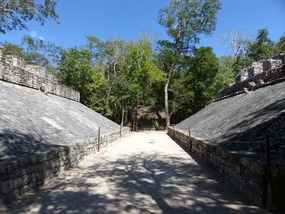
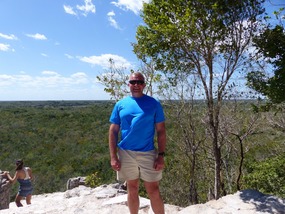
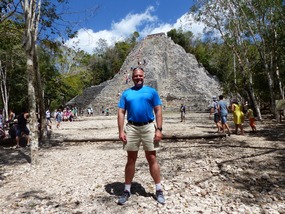
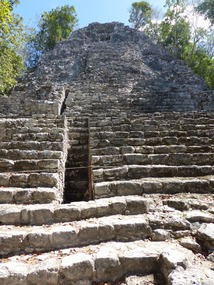



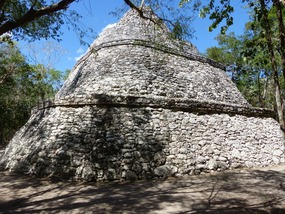
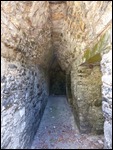
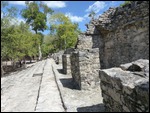
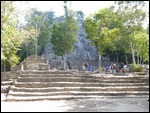
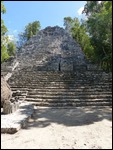
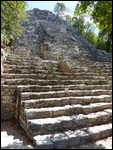
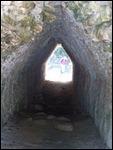
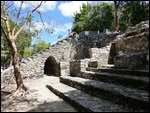
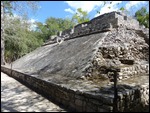
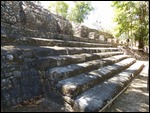
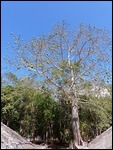

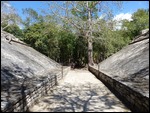
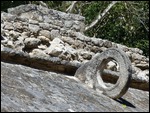
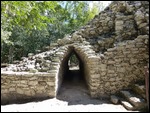
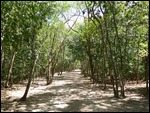
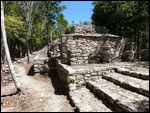
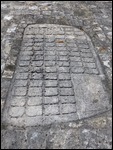
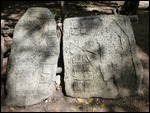
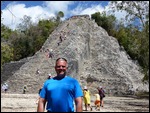

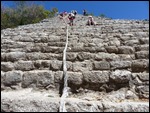

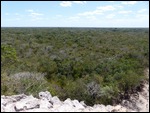
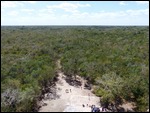

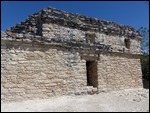

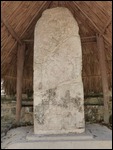
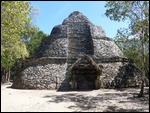
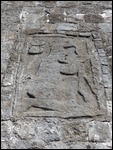
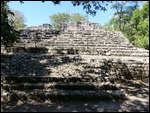
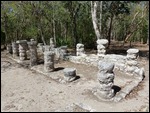
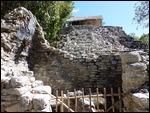
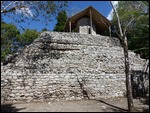
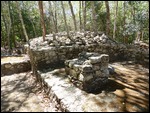
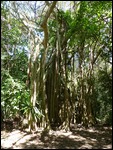
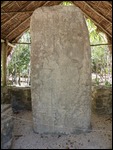
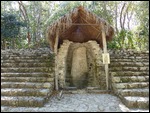
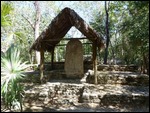
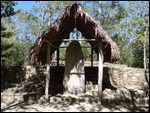
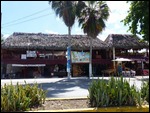
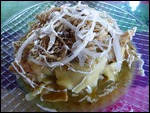
2025-05-22